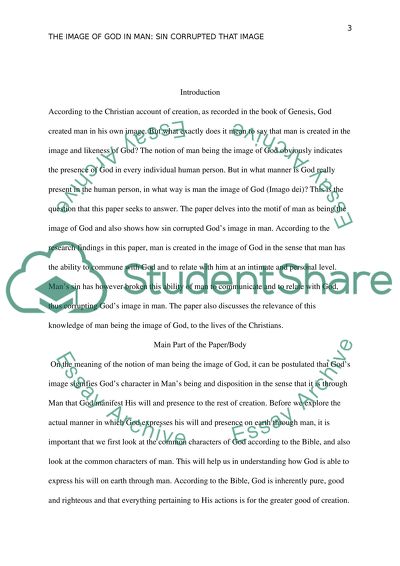Cite this document
(“The Image of God in Man: Sin corrupted that image Essay”, n.d.)
The Image of God in Man: Sin corrupted that image Essay. Retrieved from https://studentshare.org/religion-and-theology/1495963-the-image-of-god-in-man-sin-corrupted-that-image
The Image of God in Man: Sin corrupted that image Essay. Retrieved from https://studentshare.org/religion-and-theology/1495963-the-image-of-god-in-man-sin-corrupted-that-image
(The Image of God in Man: Sin Corrupted That Image Essay)
The Image of God in Man: Sin Corrupted That Image Essay. https://studentshare.org/religion-and-theology/1495963-the-image-of-god-in-man-sin-corrupted-that-image.
The Image of God in Man: Sin Corrupted That Image Essay. https://studentshare.org/religion-and-theology/1495963-the-image-of-god-in-man-sin-corrupted-that-image.
“The Image of God in Man: Sin Corrupted That Image Essay”, n.d. https://studentshare.org/religion-and-theology/1495963-the-image-of-god-in-man-sin-corrupted-that-image.


